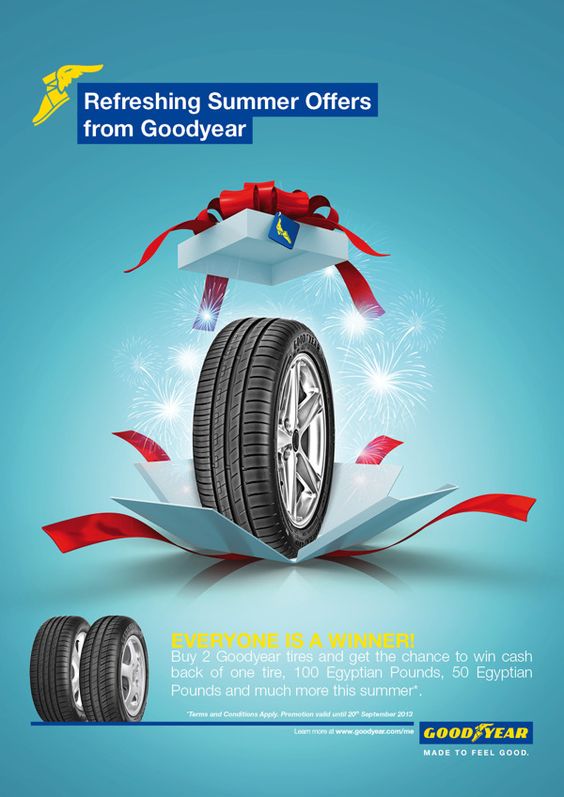
All About Brakes and Doing a Hyundai Brake Service
Brakes are one of the most important safety features of a vehicle. They are what stop the vehicle when you press down on the brakes. If your brakes are not working properly, get them checked out by an expert as soon as possible. There’s no such thing as being too prepared for every aspect of car repair. The following are how to handle and do Hyundai Brake Service.
- What do you need to check your brakes?
The first step in checking the brakes is inspecting the brake fluid level in the reservoir. This should be done with the car at rest and the engine off. If this is low, you will need to add some brake fluid. Next, while still on a flat surface and with the engine off, apply pressure on each foot pedal (one at a time) and then release them before applying more pressure. The brake pedal should feel firm and springy, not soft or hard. If it’s squishy or pumping up does not increase resistance significantly, you will need to replace your brake pads soon.

- What does a normal brake fluid level look like?
It is normal for the brake fluid reservoir to lie about 1/16 to 1/8 below the bottom of the reservoir cap. If it is full, you’re all set. Otherwise, you will need to add some more. The good news is that this can be done with minimal downtime since generic brake fluid float bottles are available for about $3 online.
- Do I have dirty brakes?
Squeakiness or grinding sounds when going downhill are signs of improper braking or worn brake pads or rotors (which can cause excessive noise). This doesn’t mean you have to replace the brakes completely. If you only have a mild squeak, there are likely just some brake dust particles still in the system. These should be easily removed with a paper towel or vacuum cleaner and a few rounds of brake fluid flushes. The fluid refreshing process will also help remove any more brake dust.
- What does my brake fluid look like?
When looking at your reservoir, you must check three things: level, clarity, and colour. First, determine if it is empty or full by checking the fluid level. If it is not empty, check the clarity and colour of the fluid. The fluid should be clear and red. You probably have a leak somewhere in your brake system if it is dark brown or black.
- How do I know if my brakes are worn out?
If your brakes feel stiff, have been making noise for a long time, and not stopping as well as they used to, it’s time to replace them. You will likely notice this after about 10,000 km (6,000 miles). If you’re on a budget, you can use your rear brakes only for a while since they will get worn out much quicker than the front brakes.
- How often do I need to replace my brake pads?
New brake pads usually last between 12,000 and 15,000 km (7,500 and 9,000 miles), with most experts recommending replacing your pads yearly to maintain the best driving performance possible. This is especially true if you drive down mountains very often.
- What do worn-out brake pads look like?
You’ll need to check your brakes at night, during wet weather, when it’s raining, or when driving down steep mountain roads, as these conditions will expose your brake pad material to the most wear and tear. Worn pads will make a scratching sound when you apply the brakes hard.
Conclusion
In conclusion, following these steps will help you identify and maintain your Hyundai brake system, but failure can have serious consequences. Many people are injured in car accidents caused by brake failure, so it is important to be on top of the situation and minimize risk.



